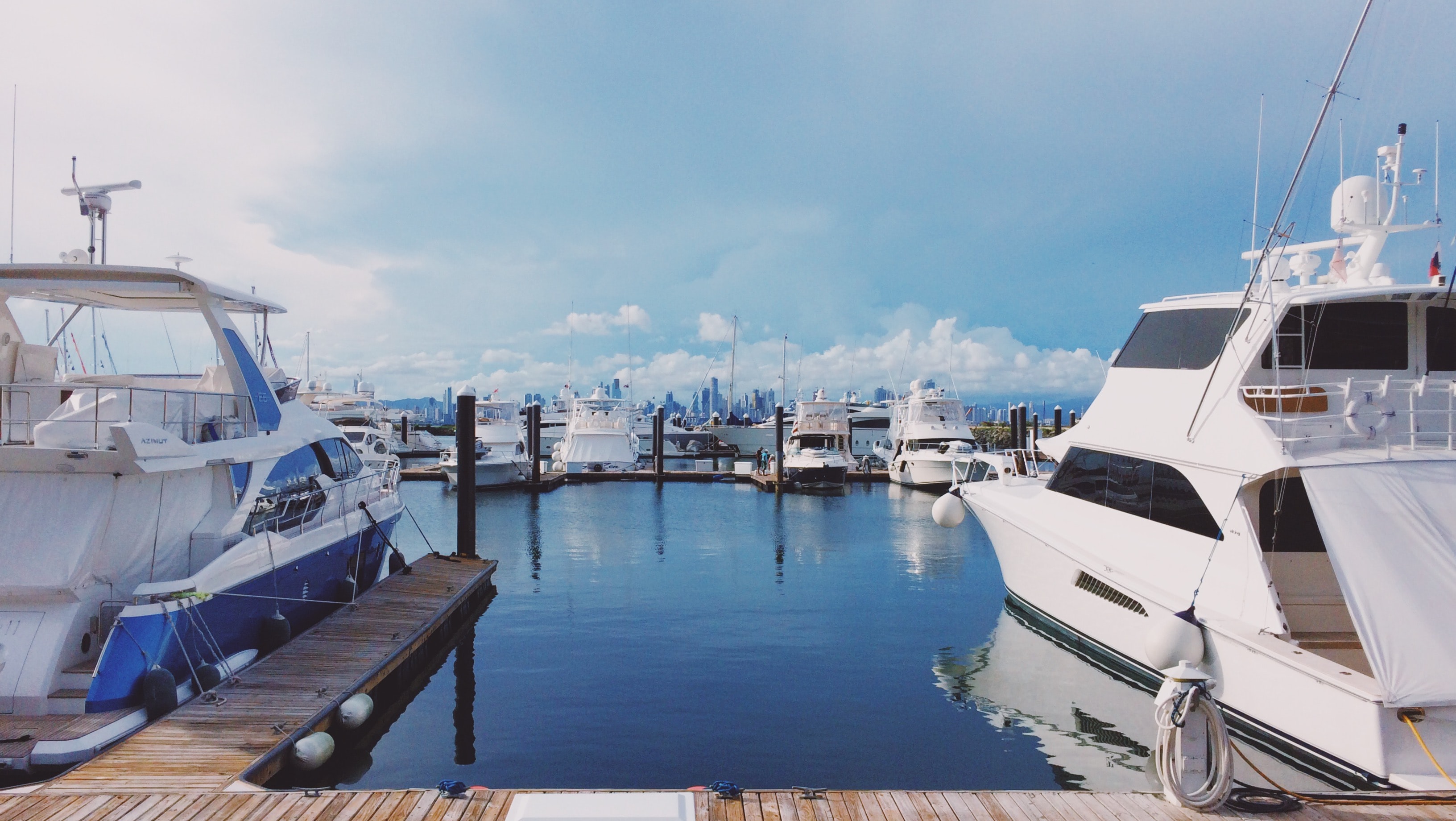If you’re looking for some tips as a first-time boat owner, we're here to help. Owning, operating, and maintaining watercraft can really be a gratifying experience.
This checklist covers all the basics to help you before, during, and after boating season—from licenses and insurance to storage and maintenance.
Documentation And Registration
Every state has different legal requirements concerning:
- Registration
- Education
- Licenses
- Insurance
While these boating requirements vary state-to-state, most processes can be completed entirely online. For example, there are options to register your boat online, by mail, or in person. Most states will require proof of purchase (i.e., the title and/or bill of sale) and charge a small registration fee.
After securing your boat’s registration, it’s important to research the education requirements in your state. For example, in New York, any individual born on or after May 1, 1996 is required to successfully complete an approved course in boater education in order to operate a motorboat. Personal watercraft operators in NY cannot operate Personal Watercraft (Jet Ski, SeaDoo, etc.) unless they are at least 14 years of age and hold a boater safety certificate.
» MORE: Pleasure Boat Registration and Equipment
Next, it’s time to consider insurance. Boat insurance provides a financial backstop if the watercraft or personal equipment aboard sustain a covered loss. It can also protect against the costs associated with an accident or injury to another person that you’re ultimately deemed responsible for.
While boat insurance is not required in most states, it is a necessary component of boat ownership. Plus, many outside entities, like lienholders or marinas, will require you to maintain insurance anyway.
Safety Supplies
After taking care of the necessary documentation, you’ll need specific equipment to operate on the water safely. The U.S. Coast Guard requires boaters to carry:
- Personal Flotation Devices: Every pleasure vessel must have USCG-approved wearable life jackets for each passenger aboard. Additionally, vessels 16 feet or larger are required to have a USCG- approved type IV throwable flotation device.
- Visual Distress Signals: Most boats are required to carry multiple USCG-approved day/night flares or signals. These devices must be in serviceable condition and readily accessible in an emergency. Always check the expiration date printed on the device and replace it if lapsed.
- Fire Extinguishers: All mechanically propelled vessels less than 26 feet in length must carry at least one B-I US Coast Guard-approved fire extinguisher. Vessels 26 feet to 40 feet in length must carry two B-I US Coast Guard-approved fire extinguishers. Vessels 40 feet to 65 feet in length must carry three B-I US Coast Guard-approved fire extinguishers. (One B-II extinguisher can usually substitute for two B-I extinguishers.)
- Anchor: All mechanically propelled vessels, except PWC, must carry an anchor and line of sufficient weight and strength to provide the vessel with safe anchorage.
- Whistle or Horn: Watercraft 39 feet and larger should carry a mechanical device capable of producing a blast of two or more seconds in duration. On vessels less than 39 feet in length, a mouth whistle is sufficient.
- Navigation Lights: Recreational watercraft should display their required navigational lights between sunset and sunrise, or during periods of restricted visibility.
- Other Safety Items and Equipment:
- First Aid Kit
- Emergency Position Indicating Radio Beacon (EPIRBs)
- Personal Locator Beacons (PLB)
- Man Overboard System
- Satellite Emergency Notification Device
- Tool Kit
- Compass
- Bilge Pump
- Marine Radio
- Spare Parts
In-Season Maintenance Checks
Now that we’ve covered all the necessary documentation and supplies, you’re probably eager to get out on the water! Before doing so, walk through these basic boat maintenance steps to ensure the vessel is ready to operate:
- Evaluate the vessel’s engine and propeller.
- Check the battery.
- Wash the hull and deck if necessary.
- Assess the oil and top it off if necessary.
- Check the bilge pump and pump hoses.
- Top off coolant and power steering fluid if necessary.
- Examine electrical and mechanical systems.
- Inventory the boat's fenders, dock lines, cushions, covers, and other equipment.
» MORE: Complete Guide to Boat Maintenance
Off-Season Maintenance Tips
Maintenance is also essential prior to off-season storage. For starters, here are some supplies you will need to fully winterize the boat:
- Antifreeze
- Fuel Filters
- Fuel Treatment and Fogging
- Oil Filters
- Engine Lubricant
- Oil Change Pumps
- Dehumidifier
- Watercraft Cleaning Products
Below are common practices when winterizing watercraft:
- Empty all gear
- Drain the engine
- Fog the engine
- Change the engine oil and filters
- Fill the engine block with antifreeze
- Lubricate cables and seals
- Pressure test the cooling system
- Change transmission fluid and filter
- Disconnect cables and clean all battery terminals
- Check & adjust belts
- Thoroughly clean the exterior
- Cover and store in a secure location
» MORE: A Guide to Winterization

